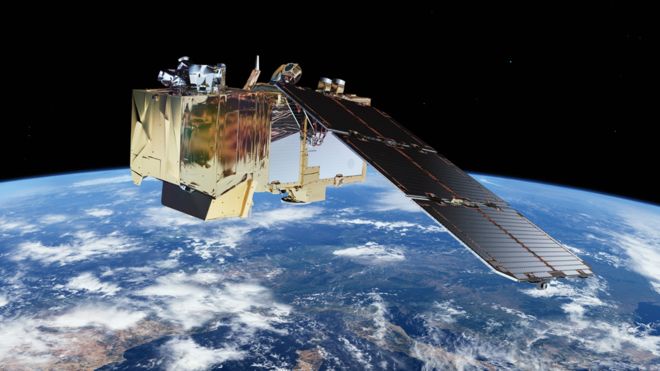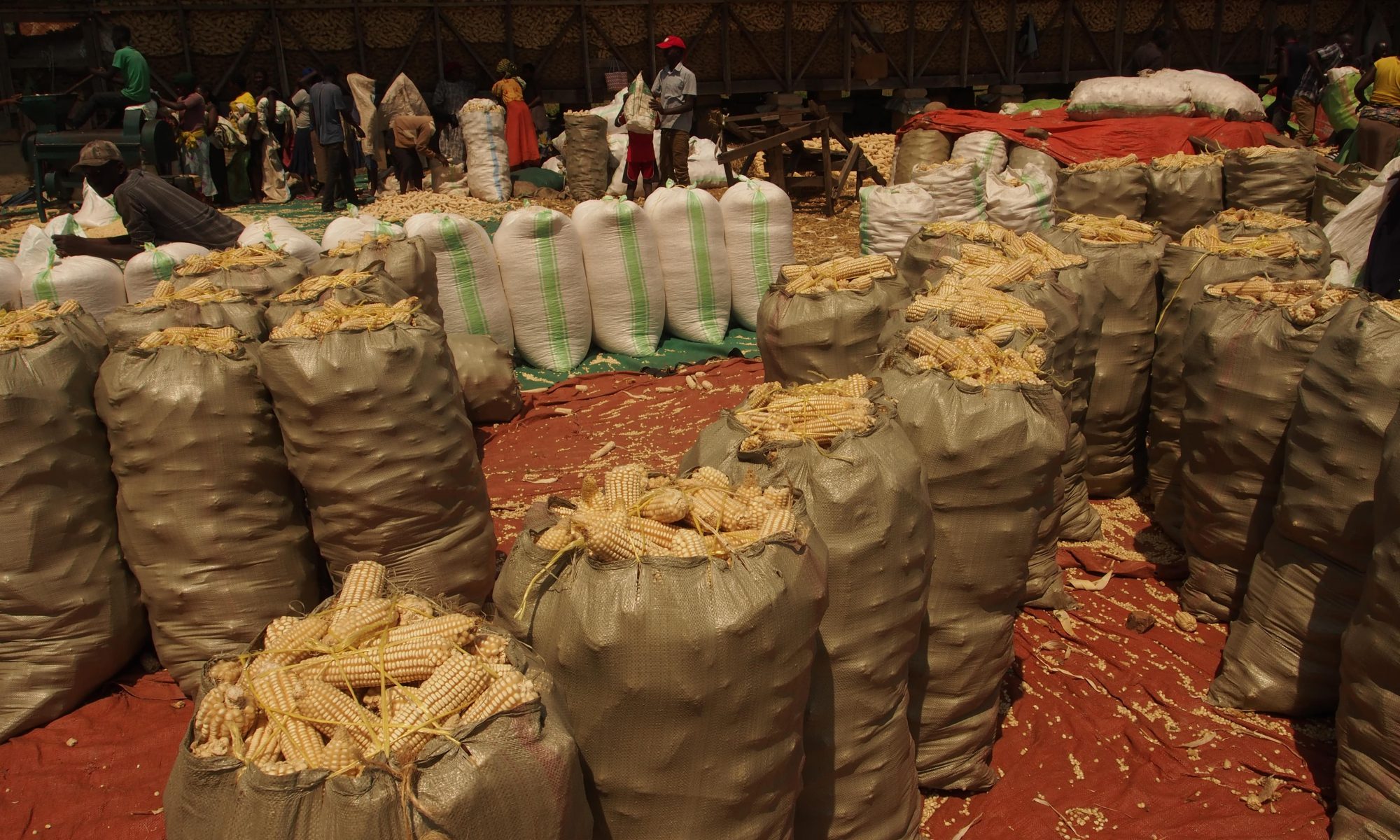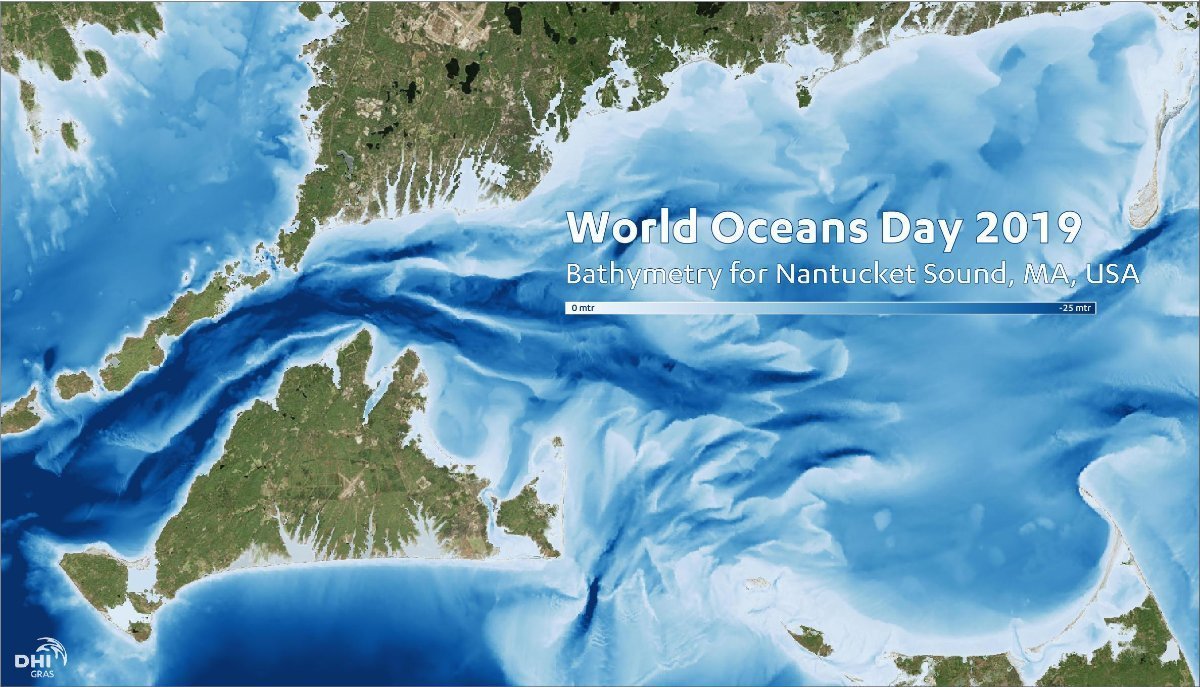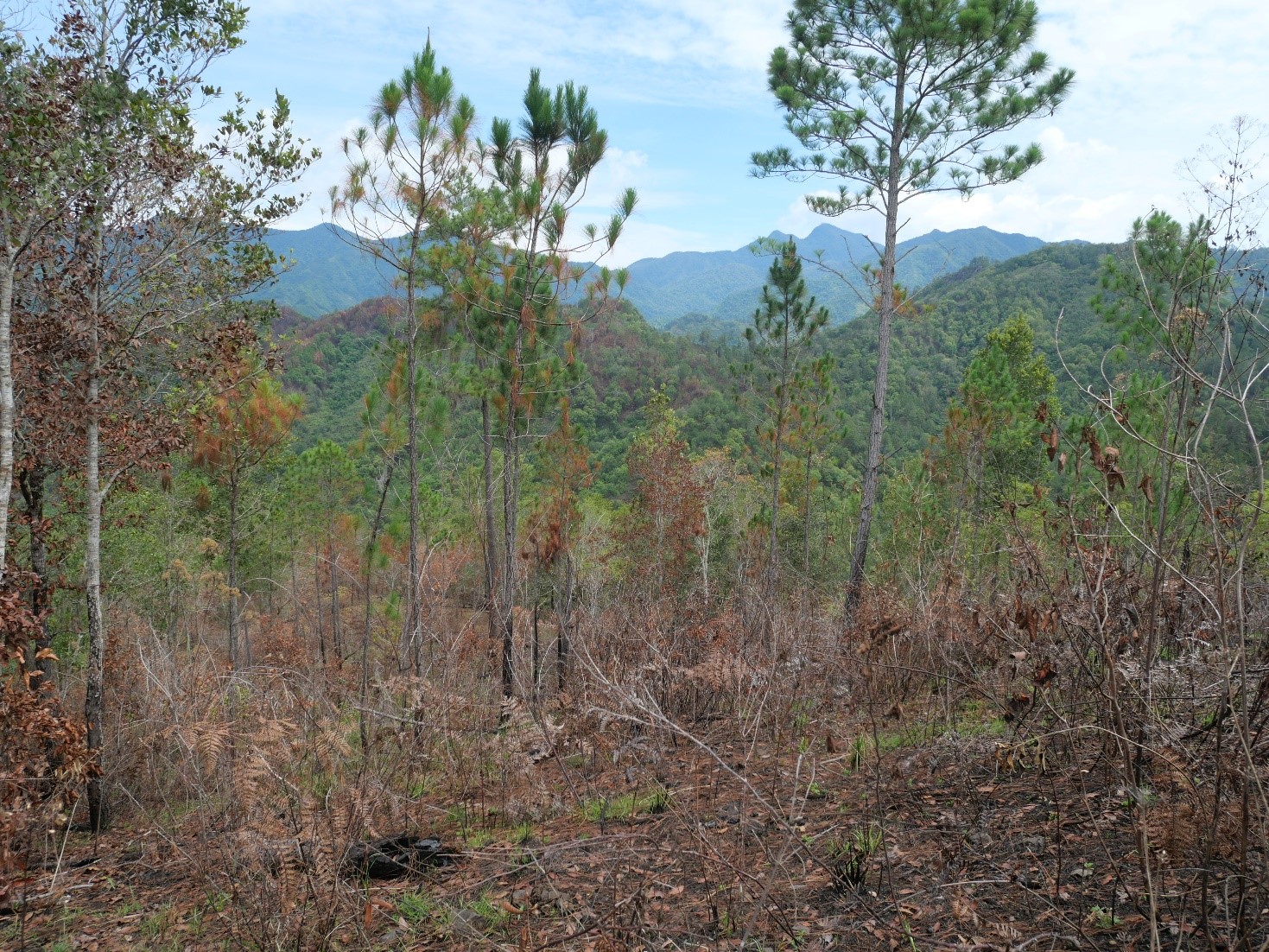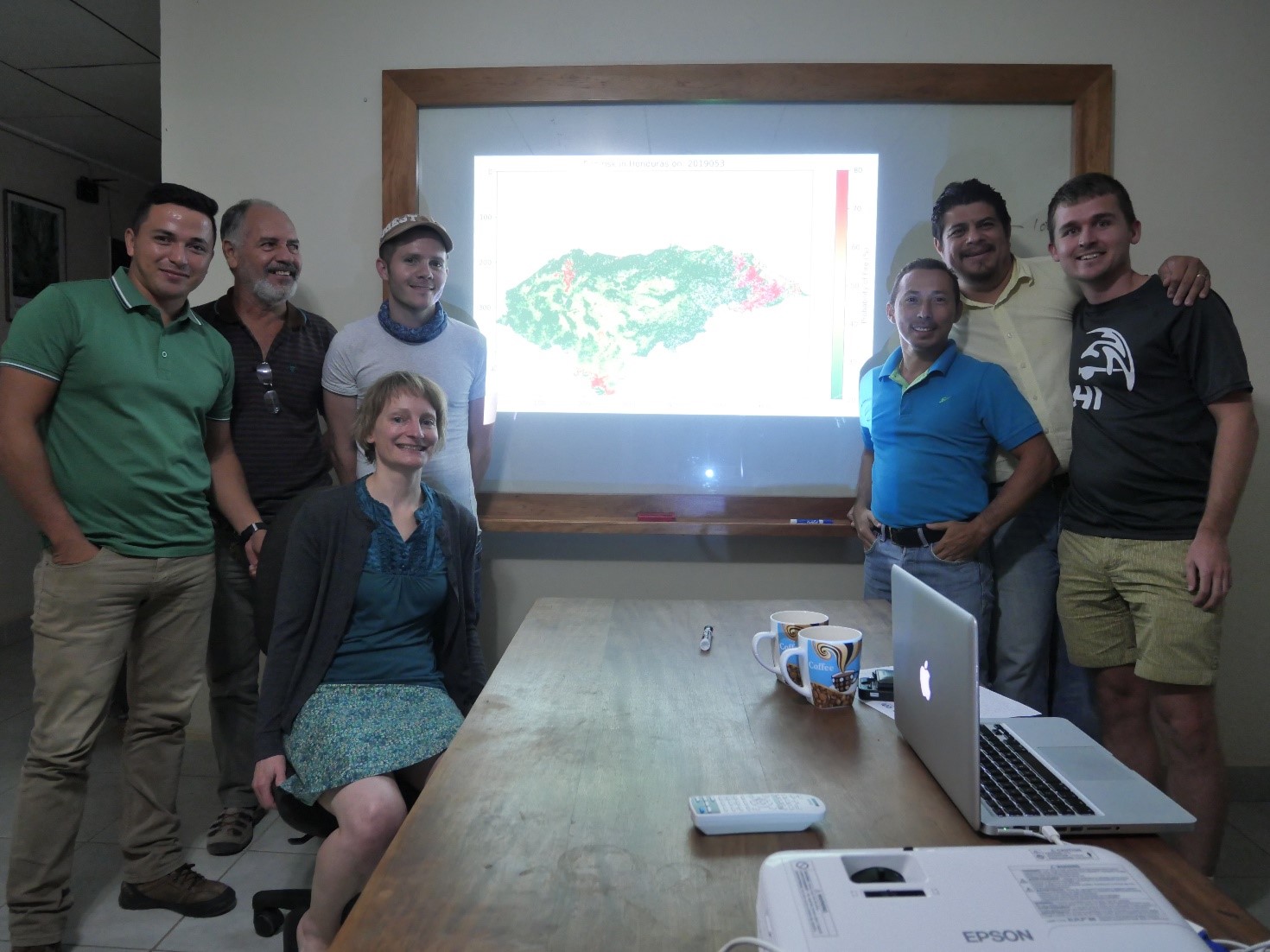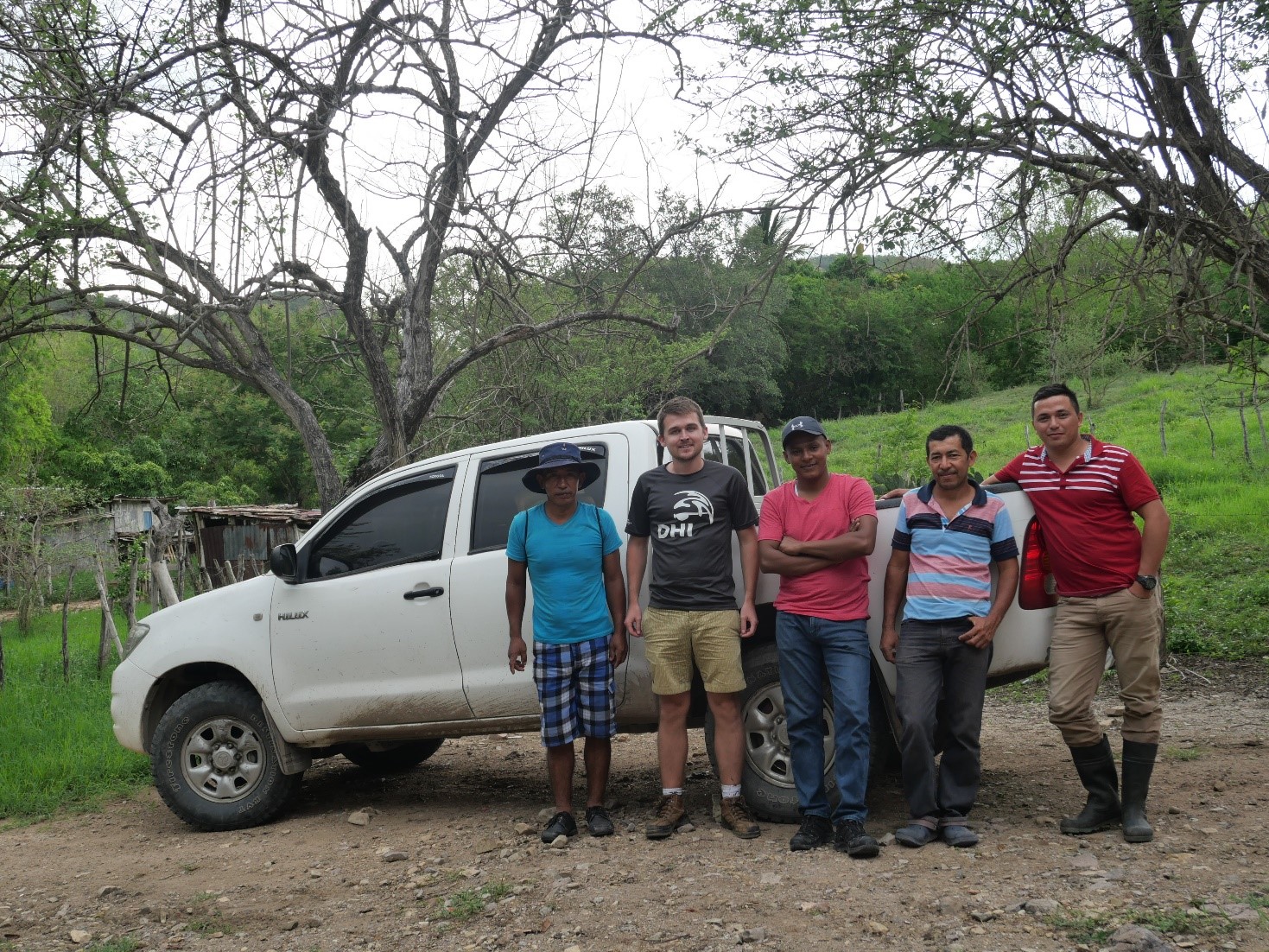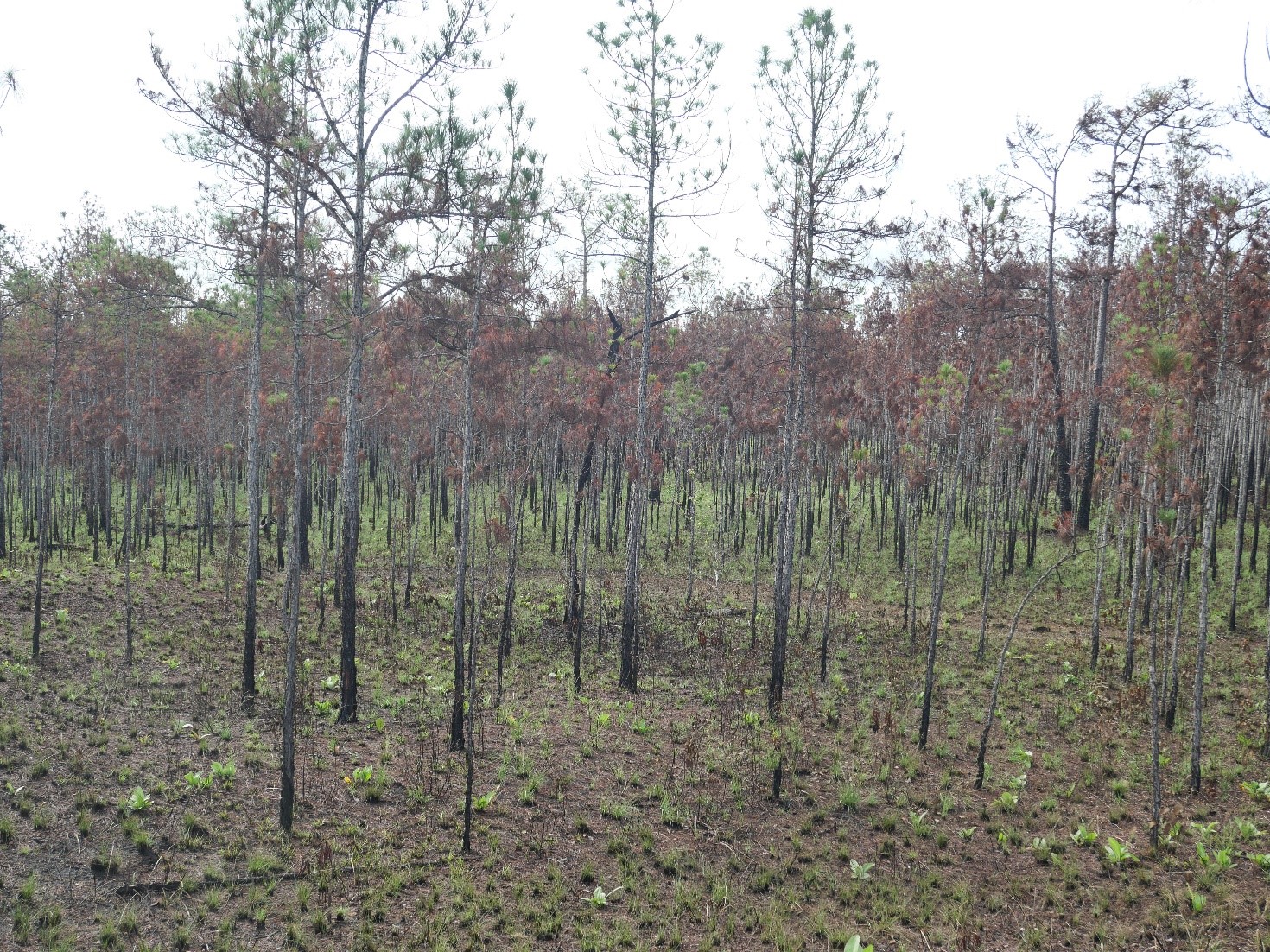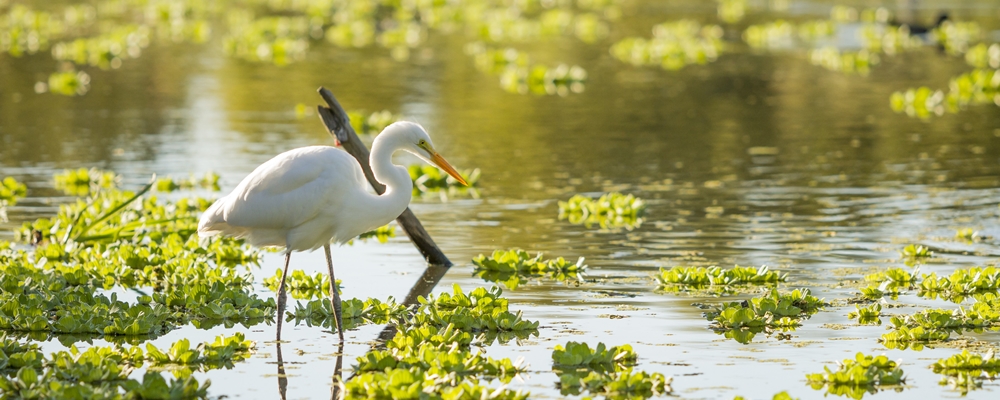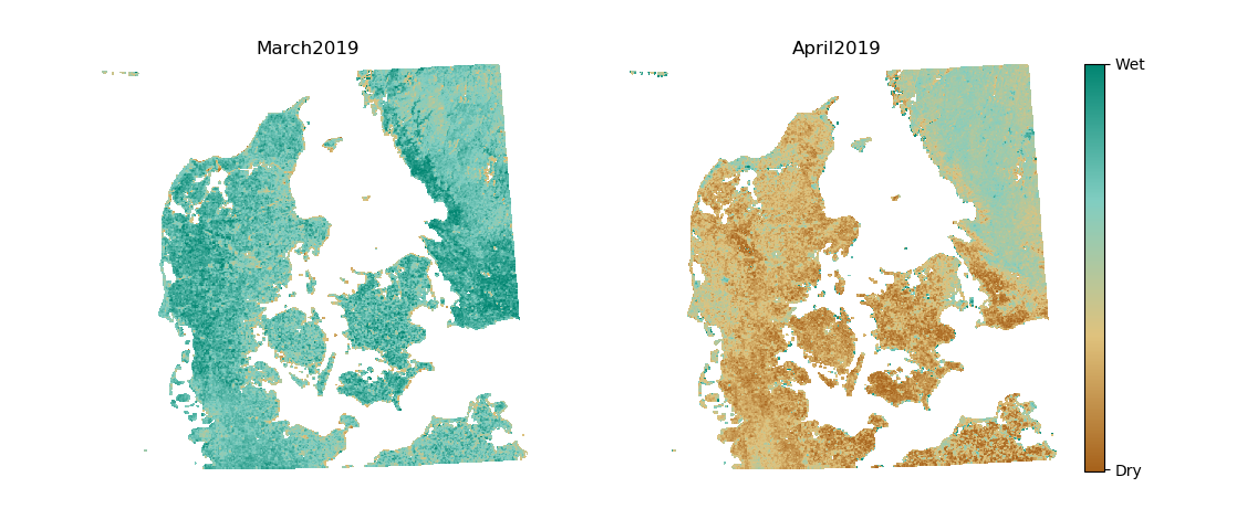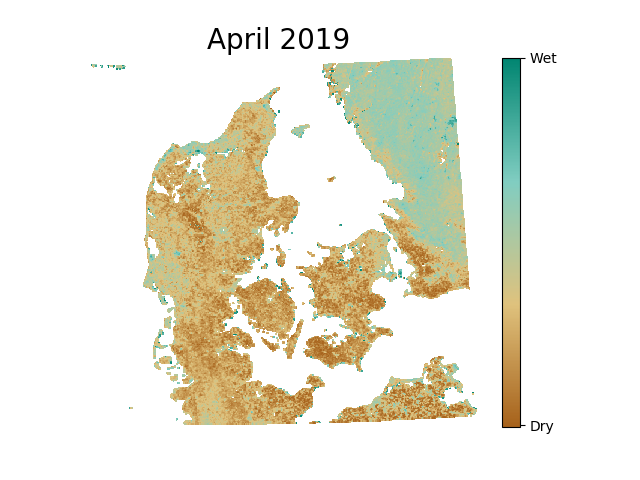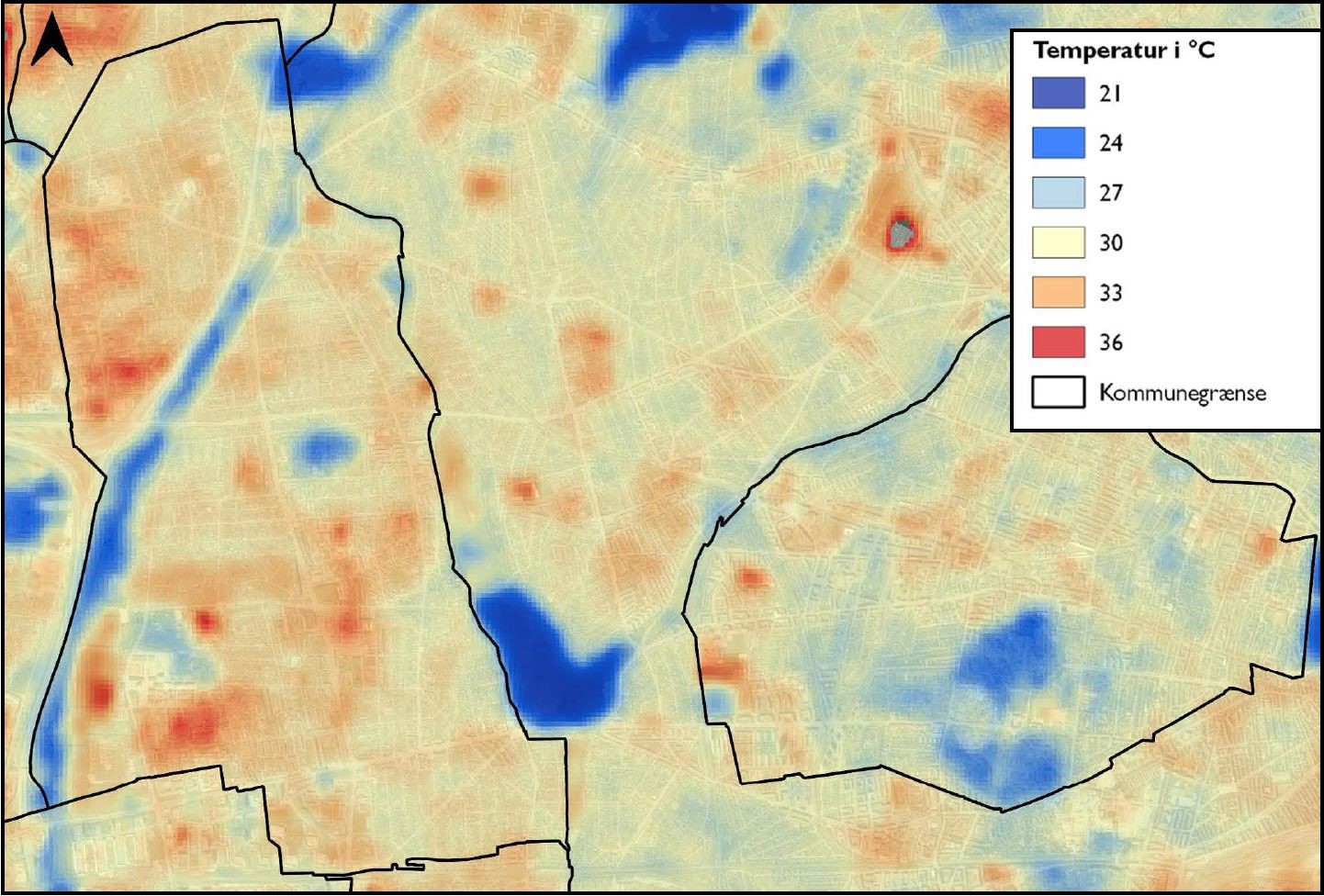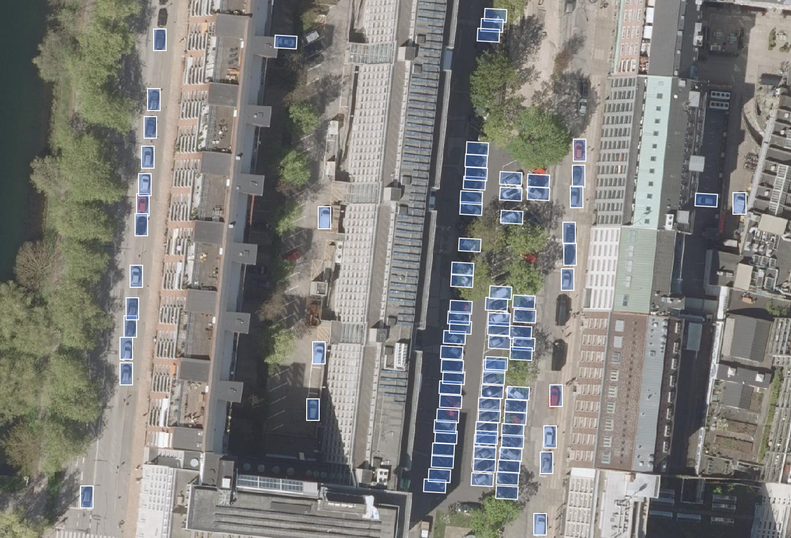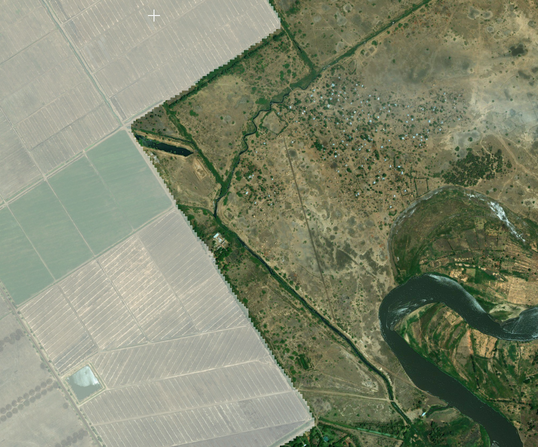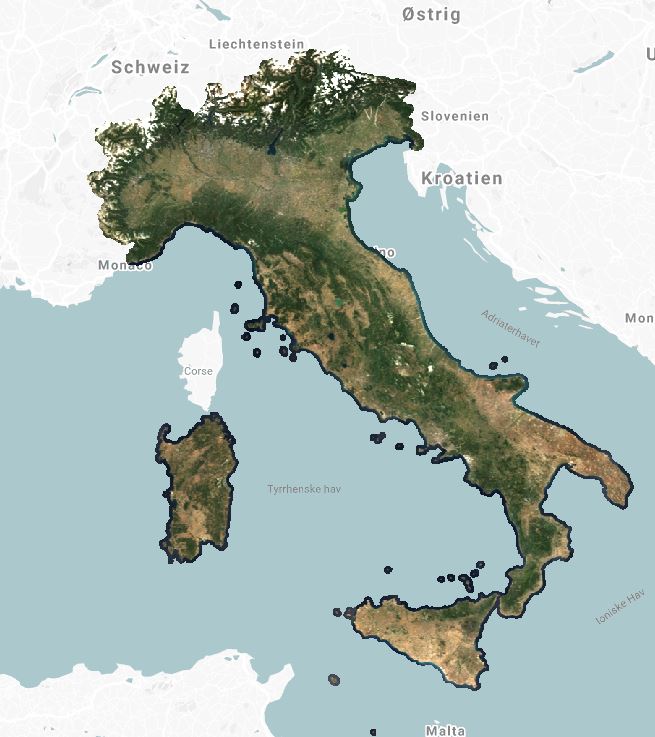Supporting the Copernicus Land Team at the European Environmental Agency:
28 June 2019
In continuation of our excellent collaboration on previous activities with the European Environment Agency (EEA), DHI GRAS is providing on-site consultancy services for the Copernicus Land Team at the centrally-located offices of the EEA in the heart of Copenhagen.
We are supporting the Copernicus Land Team with on-going Pan-European mapping activities and advising on technical specifications including recommendations on geospatial data and systems integration, such as the integration of Copernicus Land Monitoring Service (CLMS) data in DIAS (Data and Information Access Services) platforms.
We are also producing seamless high resolution image mosaics of 39 European countries (EEA39), which are both geometrically and radiometrically corrected.
Copernicus is the European Union's Earth Observation Programme, looking at our planet to provide users in the field of environment and other terrestrial applications with information based on space data in six thematic areas: land, marine, atmosphere, climate change, emergency management and security.
For more information about our previous activities with the EEA and Copernicus Land Monitoring Service



